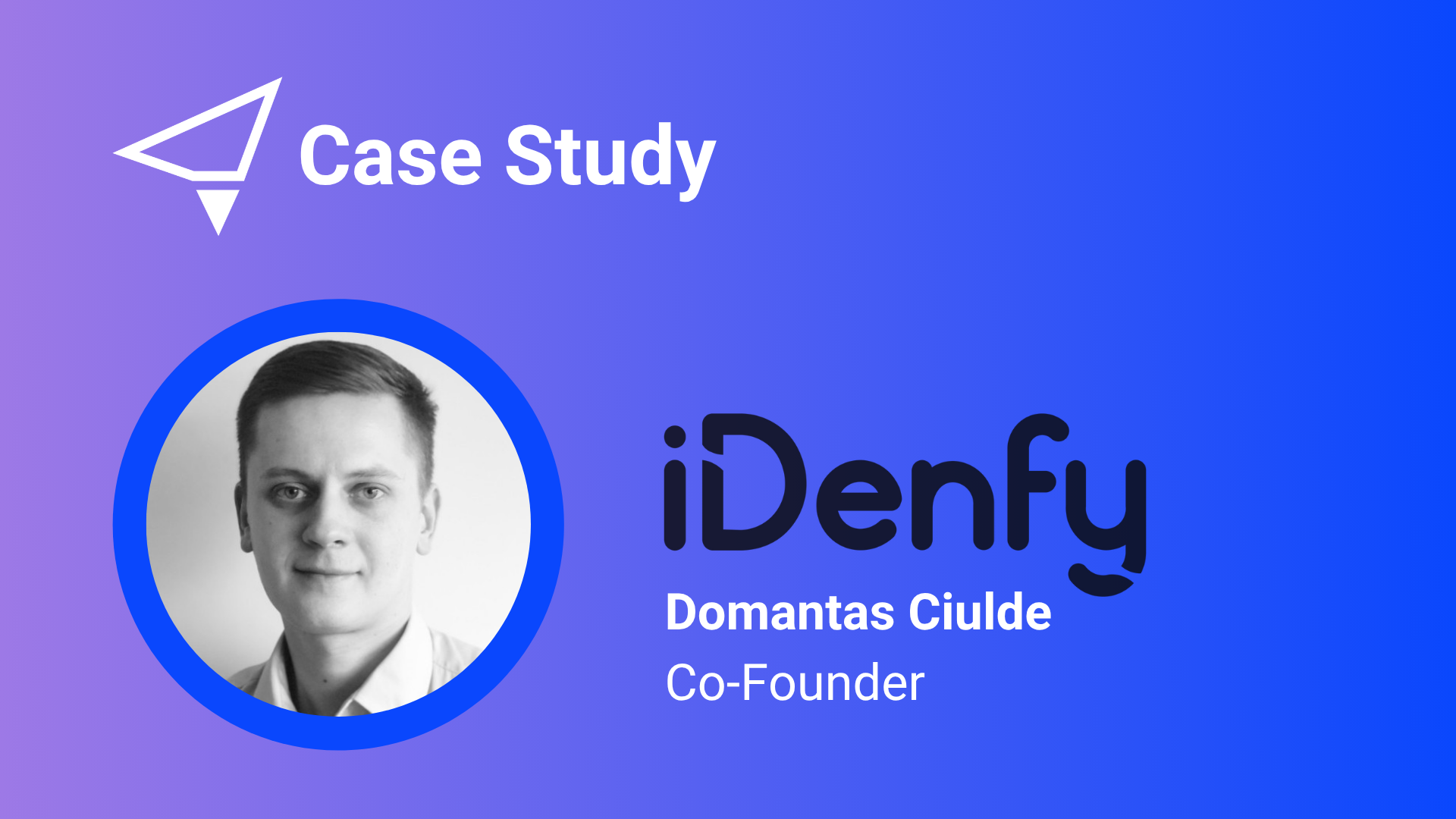Ydistri uses AI to manage inventory for large retailers and wholesalers, particularly in pharmaceutical and consumer goods. They help reduce overstock by up to 40% and increase sales by 10-20% by moving items to where they are needed most. Focusing on enterprise clients in the US and UK, they cooperate with Fortune 500 companies and are also SAP technology partners.
Ydistri's Challenges:
- Building the Go-to-Market strategy and sales processes for US and UK markets
- Identifying the gaps and training the new outbound enterprise team
- Getting the team to meet their numbers and building the playbook for scalability
Solutions by SALESDOCk:
1. Go-to-Market strategy creation
A key essential from the start was to create a GTM strategy. We aimed to quickly identify which companies had the greatest potential to buy our solution in order to determine the right customer strategy for Ydistri.
We started with actual customer analysis, opportunities in CRM, and lost clients. We searched for patterns in behavior, buying signals (why we lost them or why they bought our solution), demographics, and company information like number of employees, revenue, number of stores, and other buying signals. From this information, we were able to identify the following:
- Unique selling value: What is unique about Ydistri that the competition doesn’t offer, but that our customers care about?
- Customer segmentation: What are the specifics of client segments and how are we going to approach them?
- Positioning: How will Ydistri position itself in the market?
- Personas: Since Ydistri was targeting large enterprise clients, we needed to identify companies that were most concerned with resolving specific problems and personas. Once identified, should we contact the procurement, operations, finance, or innovation department?
- Messaging: How are we going to talk to the organizations and personas? What does each specific department and persona care about? What are their problems? Once we have this information, we can communicate our value clearly and confidently.
- Go-to-Market goals: We identified the GTM goals of the strategy by asking questions such as: who are we targeting in the next six months? How will we evaluate its success? If it is unsuccessful, what is our Plan B?
2. Outbound sales process created and reflected in the CRM
We needed to create a workflow for BDRs. This process outlined specific steps, including searching for a prospect's email and phone number, identifying relevant triggers for email personalization, importing the process into the CRM, and defining the stages of prospecting.
We mapped the entire prospect journey, from initial contact to reply, through various stages, and finally to booking a meeting. This sales process ensured the CRM remained organized, making each prospect easy to locate and ensuring they were in the correct stage.
This process provided a highly structured approach to prospecting. Importantly, we utilized AI and sales tech automation to save time and reduce manual tasks for the sales team. This allowed them to focus on what truly matters: engaging with qualified prospects.
3. Prospecting Academy delivered to outbound enterprise sales team
After identifying skill gaps, we developed a customized training program for enterprise selling. The program covered cold calling, objection handling, CRM usage, messaging and positioning for Ydistri, prospecting workflows, and LinkedIn.
4. Implementing change
This required the creation of a structured management approach:
- Management rhythm: We developed a customized management concept and operating procedure. How often will the leader and BDR meet—weekly, biweekly, or monthly? What is the exact structure of each meeting to ensure efficiency? What is the coaching and continuous development system? The focus is on developing individuals and achieving organizational goals.
- KPIs system: We established daily, weekly, and monthly goals.
- Daily routines: We defined daily routines that will lead to success.
5. Building the sales playbook for future scalability
In the final stages, we needed to ensure that all the know-how remained with the Ydistri team. If a leader or a sales consultant leaves, how will we ensure all the knowledge is mapped, retained, and utilized? To address this, we created the following:
- Sales playbook: The playbook includes all sales-related information, from positioning and messaging to CRM usage and detailed process descriptions. It ensures that all the knowledge is documented, allowing new hires to onboard quickly without burdening other team members.
- Battle cards: These cards outline our strategy for competing against rivals, highlight our unique value proposition, and provide responses to objections. They are designed for daily use by BDRs to help them stay on top of their game.

Outcomes:
- The outbound team generated $1.3 million from a pipeline of qualified opportunities in the USA and UK.
- The first enterprise deal in the USA was landed within 8 months of the project's start (the sales process on average takes 12-24 months).
- After our consultants completed their tenure and the project proved successful, Ydistri expanded their local sales teams in the USA and Canada. This led to exponential growth in MRR and the acquisition of new enterprise clients.

Lukas Michalicka | Marketing Specialist at SALESDOCk



.png)